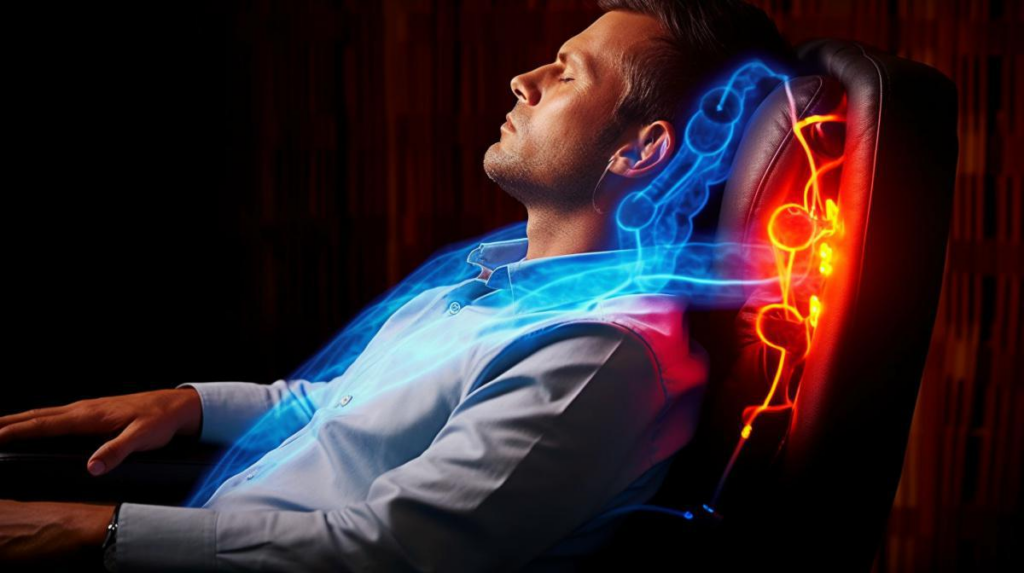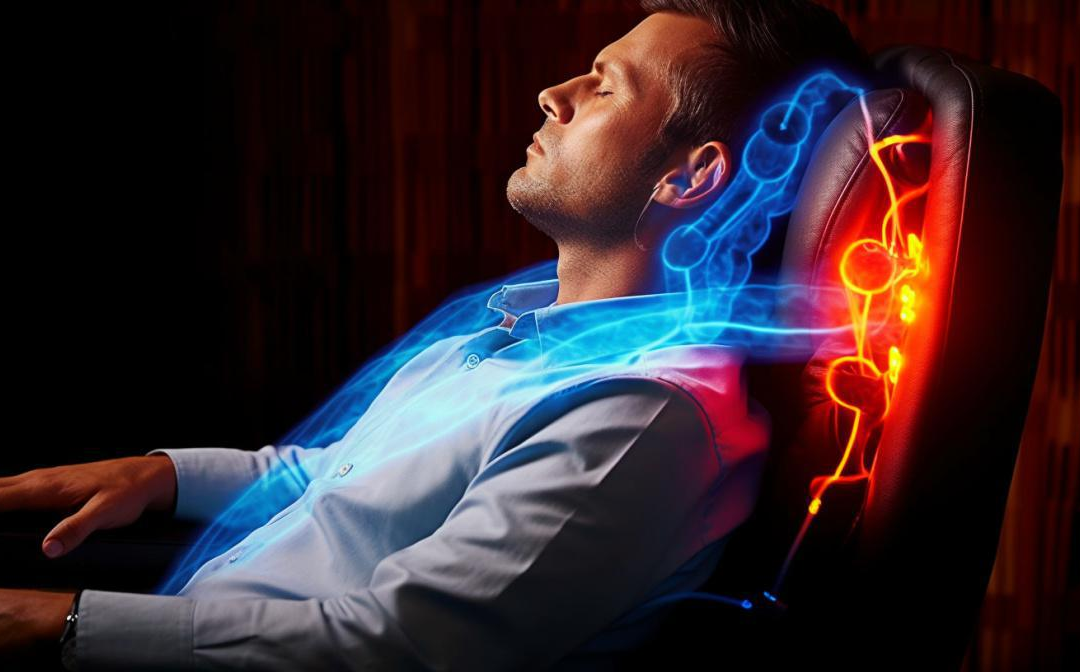
Low-Frequency PEMF (Pulsed Electromagnetic Field) therapy operates at frequencies below 100 Hz and has gained recognition for its calming and regenerative effects on the body. This type of therapy is commonly used to aid in pain relief, reduce inflammation, and support cellular healing. In this article, we explore the world of Low-Frequency PEMF therapy, highlighting its benefits and its role in promoting overall well-being.
- Understanding Low-Frequency PEMF Therapy:
Low-Frequency PEMF therapy involves the application of electromagnetic fields at frequencies below 100 Hz to the body. These frequencies are carefully chosen to target specific areas and promote a calming and regenerative response within the cells.
- Benefits of Low-Frequency PEMF Therapy:
2.1 Pain Relief and Inflammation Reduction: Low-Frequency PEMF therapy has shown promise in alleviating pain and reducing inflammation. The electromagnetic fields penetrate deep into the tissues, promoting increased blood flow, reducing swelling, and triggering the release of endorphins, natural pain-relieving substances. This therapy may be beneficial for individuals experiencing chronic pain, arthritis, or sports-related injuries.
2.2 Cellular Healing and Regeneration: Low-Frequency PEMF therapy supports cellular healing and regeneration. By stimulating cellular activity, it enhances the production of ATP (adenosine triphosphate), the energy currency of cells. This increased energy production promotes the repair and rejuvenation of damaged tissues, contributing to the overall healing process.
2.3 Stress Reduction and Relaxation: Low-Frequency PEMF therapy has been associated with stress reduction and relaxation. The electromagnetic fields influence brainwave patterns, promoting a state of calmness and tranquility. This therapy can aid in reducing anxiety, promoting better sleep, and supporting overall mental well-being.
2.4 Enhanced Recovery and Performance: Low-Frequency PEMF therapy can be beneficial for athletes or individuals involved in physical activities. By promoting cellular healing, reducing inflammation, and supporting pain relief, it may enhance recovery times and improve performance.
- Incorporating Low-Frequency PEMF Therapy into Your Wellness Routine:
3.1 Professional Guidance: Consult with a healthcare professional or a trained PEMF therapist to determine the appropriate frequency, intensity, and duration of therapy sessions based on your individual needs and specific condition.
3.2 Consistency and Duration: Consistency is essential when using Low-Frequency PEMF therapy. Regular and sustained therapy sessions over a prescribed duration can maximize the benefits and aid in long-term healing and pain relief.
3.3 Complementary Practices: Low-Frequency PEMF therapy can be complemented with other wellness practices such as exercise, proper nutrition, and stress management techniques to optimize overall well-being and support the healing process.
Conclusion:
Low-Frequency PEMF therapy offers a calming and regenerative approach to aid in pain relief, reduce inflammation, and support cellular healing. By harnessing the power of electromagnetic fields, this therapy promotes overall well-being, stress reduction, and enhanced recovery. Incorporating Low-Frequency PEMF therapy into your wellness routine, under professional guidance, can unlock the potential for improved healing, pain management, and a balanced state of well-being.
Keywords: Low-Frequency PEMF therapy, calming effects, regenerative effects, pain relief, inflammation reduction, cellular healing, stress reduction, relaxation, enhanced recovery, professional guidance, consistency, complementary practices.

